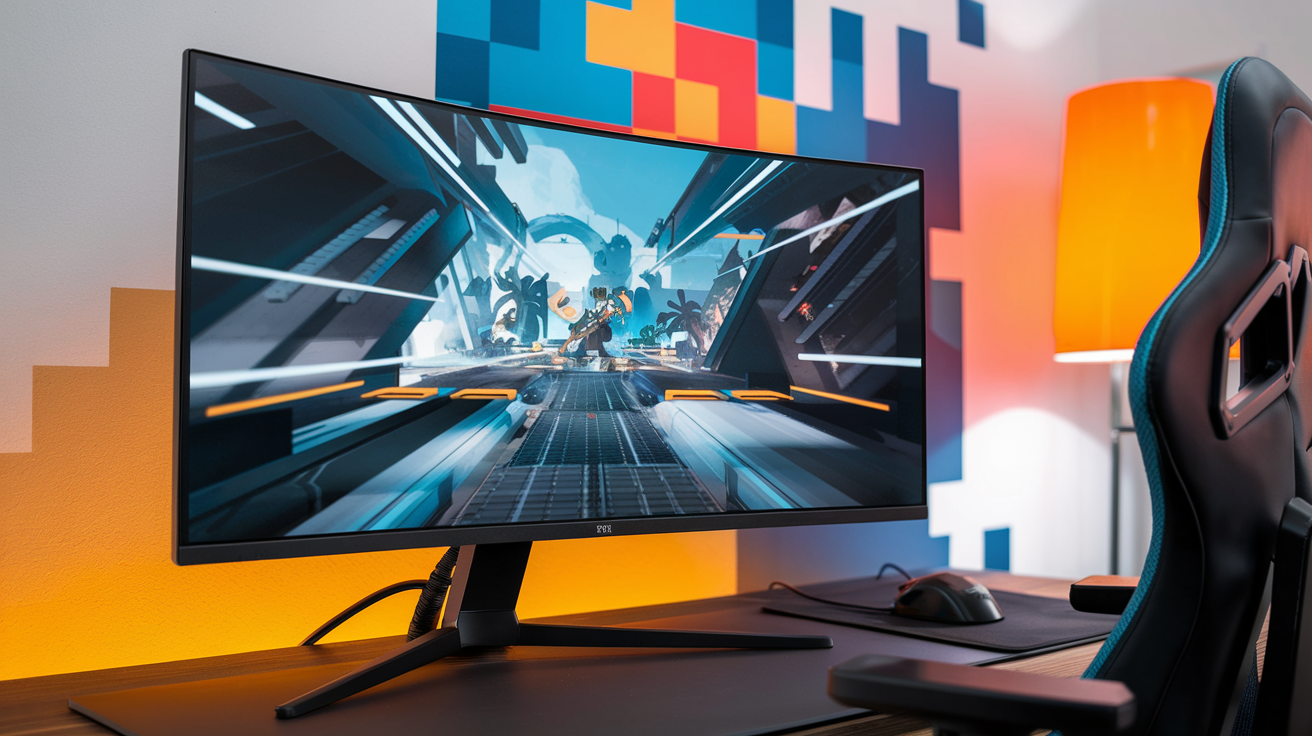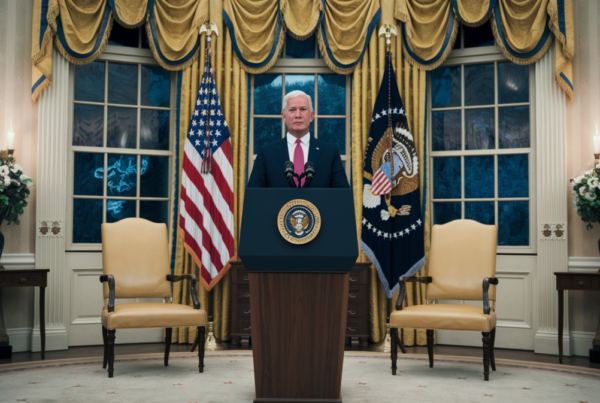Overview of the Layoffs
Microsoft’s gaming division is undergoing significant restructuring, with the company announcing plans to lay off approximately 9,000 employees in early July 2025. This represents nearly 4% of its global workforce and follows earlier job cuts of 6,000 in May and 2,000 in January. In total, Microsoft has reduced its workforce by over 7% since the start of the year.
The layoffs have impacted multiple departments, including Xbox, HoloLens, and Azure units. The company cites economic uncertainty and a strategic shift toward artificial intelligence (AI) as key reasons for the cuts. Microsoft CEO Satya Nadella has emphasized the growing role of AI in code production, with the company investing $80 billion in data centers for the fiscal year ending June 2025.
Project Cancellations and Studio Closures
In addition to workforce reductions, Microsoft has canceled several high-profile projects and closed multiple game studios. Among the casualties is “Everwild,” a highly anticipated title from Rare that was first announced in 2019. The game’s development has been discontinued after years of silence.
The company has also shut down several studios, including:
- Tango Gameworks
- Arkane Austin
- Alpha Dog Games
- Roundhouse Studios
Microsoft describes these closures as part of a broader “reprioritization of titles and resources.”
Employee Reactions and Unionization Efforts
The layoffs have sparked significant unrest among employees. Nearly 200 members of Blizzard’s Overwatch 2 development team have formed a union, citing the layoffs as a primary motivator. This move was facilitated by a 2022 labor neutrality agreement between Microsoft and the Communications Workers of America (CWA), which ensures the company will not interfere with organizing efforts.
Industry observers note that the unionization effort reflects broader concerns about job security in the gaming sector, particularly as companies increasingly pivot toward AI-driven automation.
Broader Industry Trends
Microsoft’s layoffs are part of a larger trend in the tech industry, where companies are streamlining operations to focus on AI and other emerging technologies. Amazon, for example, has also warned of AI-driven job reductions and implemented its own rounds of layoffs.
The table below highlights key comparisons between Microsoft and Amazon’s recent workforce adjustments:
| Company | Total Layoffs (2025) | Primary Reason |
|---|---|---|
| Microsoft | 17,000 (since January) | AI investment and economic uncertainty |
| Amazon | 12,000 (projected) | AI-driven automation and cost-cutting |
What’s Next for Microsoft Gaming?
While the layoffs and project cancellations are a setback for Microsoft’s gaming division, the company remains committed to its long-term strategy. The focus on AI and cloud infrastructure suggests that future gaming initiatives may increasingly leverage these technologies.
For now, employees and fans alike are left to grapple with the immediate fallout. The unionization of Blizzard’s Overwatch 2 team could set a precedent for other gaming studios facing similar challenges.
As the industry continues to evolve, the balance between innovation and workforce stability will remain a critical issue for companies like Microsoft.







